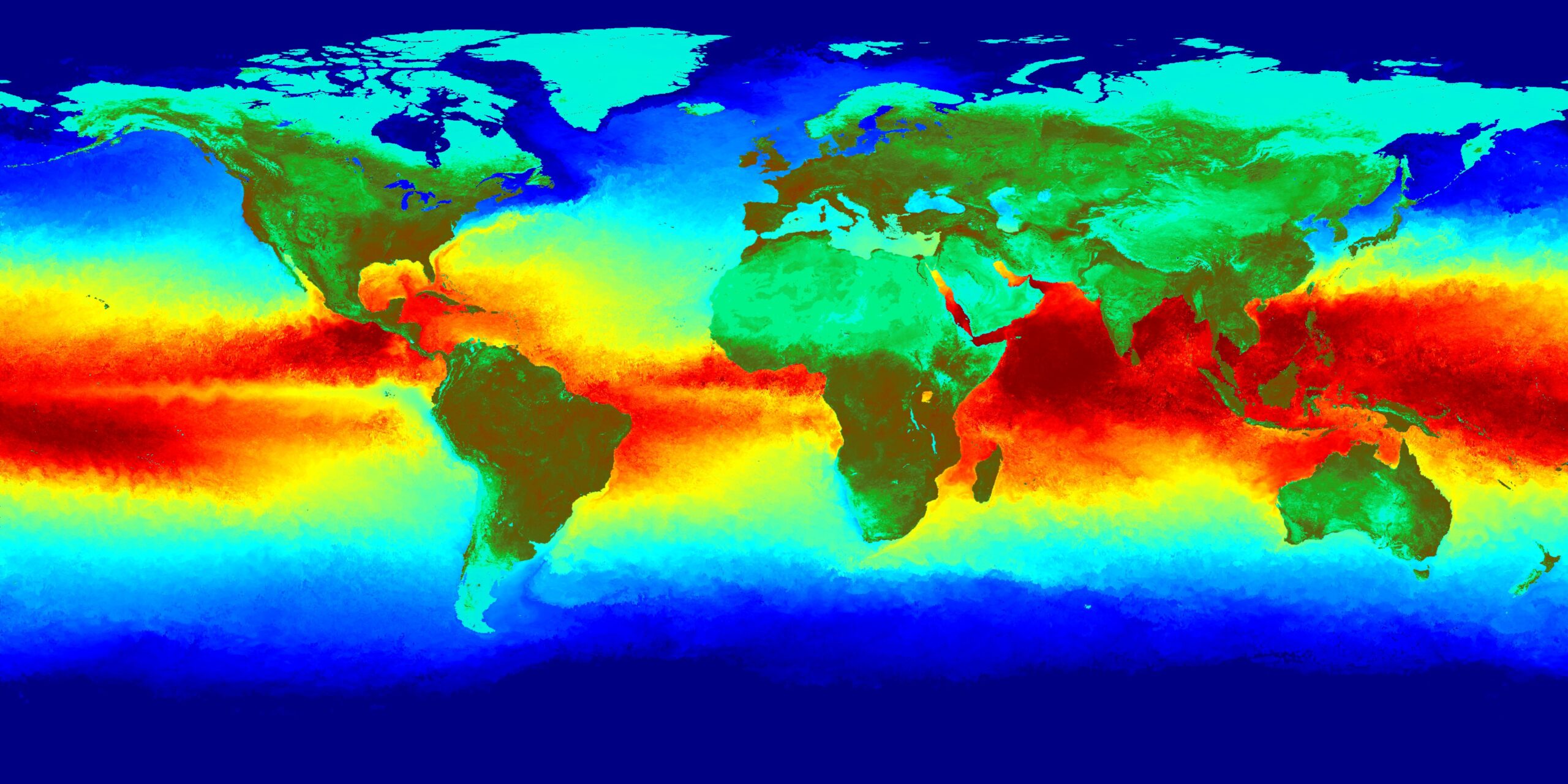●Conservation, environmental pollution and degradation, environmental impact assessment.
Q1. The average sea surface temperature (SST) has experienced unusually high levels lately, triggering the onset of the fourth global mass coral bleaching event. In light of the above statement discuss about tropical corals and their importance to the marine ecosystem.
As per reports from the EU Copernicus Climate Change Service (C3S), since mid-March 2023, the average sea surface temperature (SST) has soared, reaching a record monthly peak of 21.07°C. This surge is primarily attributed to escalating emissions of heat-trapping greenhouse gases like carbon dioxide and methane, with oceans absorbing about 90% of the excess heat.
Corals and its importance:
●Corals, classified as sessile animals, permanently attach themselves to the ocean floor. They employ tentacle-like appendages to capture food from the water and direct it into their mouths.
●Each coral individual, known as a polyp, resides within colonies comprising hundreds to thousands of genetically identical polyps.
●Corals are broadly categorised as hard or soft corals. Hard corals, the primary architects of coral reefs, construct intricate three-dimensional structures over millennia.
●NOAA explains that unlike soft corals, hard corals possess stony skeletons made of limestone produced by coral polyps. When polyps expire, their skeletons remain, serving as foundations for new polyps.
●Coral reefs, often termed “rainforests of the sea,” have thrived on Earth for approximately 450 million years. The Great Barrier Reef in Australia, spanning 2,028 kilometres, stands as the world’s largest coral reef system.
Importance:
●Coral reefs play a pivotal role in marine ecosystems, hosting thousands of marine species within a single reef. For example, the Great Barrier Reef boasts over 400 coral species, 1,500 fish species, 4,000 mollusc species, and six of the world’s seven sea turtle species.
●Research indicates the potential existence of millions of undiscovered reef-associated organisms.
●These vast structures offer economic benefits valued at approximately $375 billion annually.
●Over 500 million people worldwide rely on coral reefs for sustenance, income, and coastal defence against storms and floods.
●Coral reefs have the capacity to absorb up to 97% of wave, storm, and flood energy, mitigating risks of loss of life, property damage, and soil erosion.
●Consequently, the absence of coral reefs would not only profoundly impact marine life but also pose significant threats to human well-being.
Coral bleaching:
●Most corals harbour plant-like algae known as zooxanthellae within their tissues, forming a symbiotic relationship.
●Corals offer shelter to zooxanthellae, which, in turn, supply oxygen and organic products from photosynthesis, aiding coral growth and vibrancy.
●Changes in light and temperature can significantly impact corals, leading to stress and eventual expulsion of zooxanthellae, resulting in coral bleaching.
●Coral bleaching, while not immediately fatal, heightens stress and susceptibility to mortality, diminishing reproductive capacity and increasing vulnerability to diseases. However, corals can recover if bleaching is not severe.
●Global mass bleaching events, a recent phenomenon, occur when significant coral bleaching affects the Atlantic, Indian, and Pacific oceans.
●The first event in 1998 affected 20% of the world’s reef areas, followed by events in 2010 (35% affected) and between 2014 and 2017 (56% affected).
Recent mass coral bleaching:
●The fourth global bleaching event is confirmed by NOAA, affecting nearly 54 countries, territories, and local economies.
●The bleaching spans from Florida, USA, to Saudi Arabia and Fiji.
●The Great Barrier Reef faces its most severe bleaching event, with approximately one-third of surveyed reefs showing very high or extreme bleaching.
●Bleaching has also been confirmed in the Western Indian Ocean, including Tanzania, Kenya, Mauritius, Seychelles, and Indonesia’s western coast.
●Over 54% of the world’s coral area has experienced bleaching-level heat stress in the past year, increasing by about 1% per week.
●Higher ocean temperatures are the primary driver, with El Niño exacerbating the situation. However, with El Niño weakening and a cooler La Niña potentially setting in by year-end, the event’s duration may be limited.
Conclusion: As the global mass bleaching event unfolds, its severity is unprecedented, leaving scientists concerned. With rising global temperatures, such events are predicted to increase in frequency and duration. To save coral reefs, GHG emissions must reach net zero by 2050, but current emissions trends pose challenges to achieving this goal.
Source Indian express
https://indianexpress.com/article/explained/explained-climate/global-mass-coral-bleaching-triggered-9279731/

